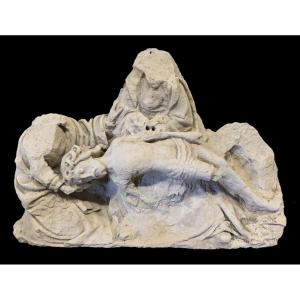Late 15th or 16th cty
Bourgogne ?
"This iconographic religious thema of Virgin of Pity or Compassion (pietà in Italian) appears in Germanic countries in the middle of the 14th century. It is formed of the seated Virgin, holding the dead Christ lying on her knees. This motif is apocryphal, it has no scriptural basis; The piety of believers has enriched the tradition. It spread at end of the Middle Ages, in connection with a more intimate devotion centered on the Passion of Christ (devotio moderna), under the influence of religious orders (Franciscans). This new image was formed through the process of extracting the main motif from a larger scene, the Lamentation or Lamentation over Christ unnailed from the cross.
It isolates the 2 main characters from the narrative context of the Passion story, and invites each faithful to meditate on the contained pain of the mother before the body of her son, and on the acceptance of the sacrifice."
The religious scene here is less intimate and the Virgin is, more rarely in sculpture, depicted between 2 saints largely lacunary, but who can traditionally be identified as Saint John and Mary Magdalene.
John the Evangelist, one of the 12 apostles, supports the head of Christ while removing the crown of thorns. His other hand comes to touch the arm of the virgin as if to support her and share his immense sorrow.
Mary Magdalene, who also witnessed the crucifixion, appears on the right hand of Christ as a young woman wiping away her tears with the lapels of her cloak. The vase of perfume, an ointment used for embalming the body, is a traditional attribute of the character, which normally allowed the faithful to identify him. However, only the bottom of the bust of the Saint remains here.
The dead Christ rests on the knees of Mary, mother of Christ, the body fully extended horizontally and forming a barrier, his head and right arm falling.
The dating can only be based here on a few elements: the only body and face of Christ wearing his crown of thorns, and the garment of the virgin, with folds still angular.
This theme also reflects great spiritual fervour in a troubled period by political and religious changes: wars, diseases, famine. From this daily vision of death, of perpetual suffering, was born a different devotion turned towards emotions and pains.
Land. This new religious sensibility had a decisive influence on art. Creation of German-French Gothic art, the figure of the Pietà is the most faithful and sensitive expression of the sculpture of the late 15th century, translating in stone the thought and beliefs of this pivotal time.
"Popular mysticism invests the feminine figure, par excellence, of the Passion with a human sensitivity imbued with tenderness and affection. She made visible and tangible in all the expressiveness of her flesh, Mary's maternal suffering towards her Son, mortal and powerless (often in the Pietà the arm of Jesus hangs vertically)"
"Rhineland theme, then Flemish, the Pietà will find its chosen land in Burgundy, especially at the time of the Dukes of Burgundy, between the 14th and 16th centuries. The cult was favored by the many pilgrimages, in the Middle Ages, to chapels dedicated to Our Lady of Pity, as to the hamlet of Fissy in Lugny, or to the Maison-Dieu in Givry, a former leper colony. The chapel of Our Lady of Pity of the cathedral of Chalon is founded in the 15th century."
Sizes
Arounf 78cm long * 35cm depth and 60cm high
*http://www.pastourisme71.com/Themes_iconographiques/PIETA.pdf
*Louis Réau, Iconographie chrétienne, 1957
Bibliography






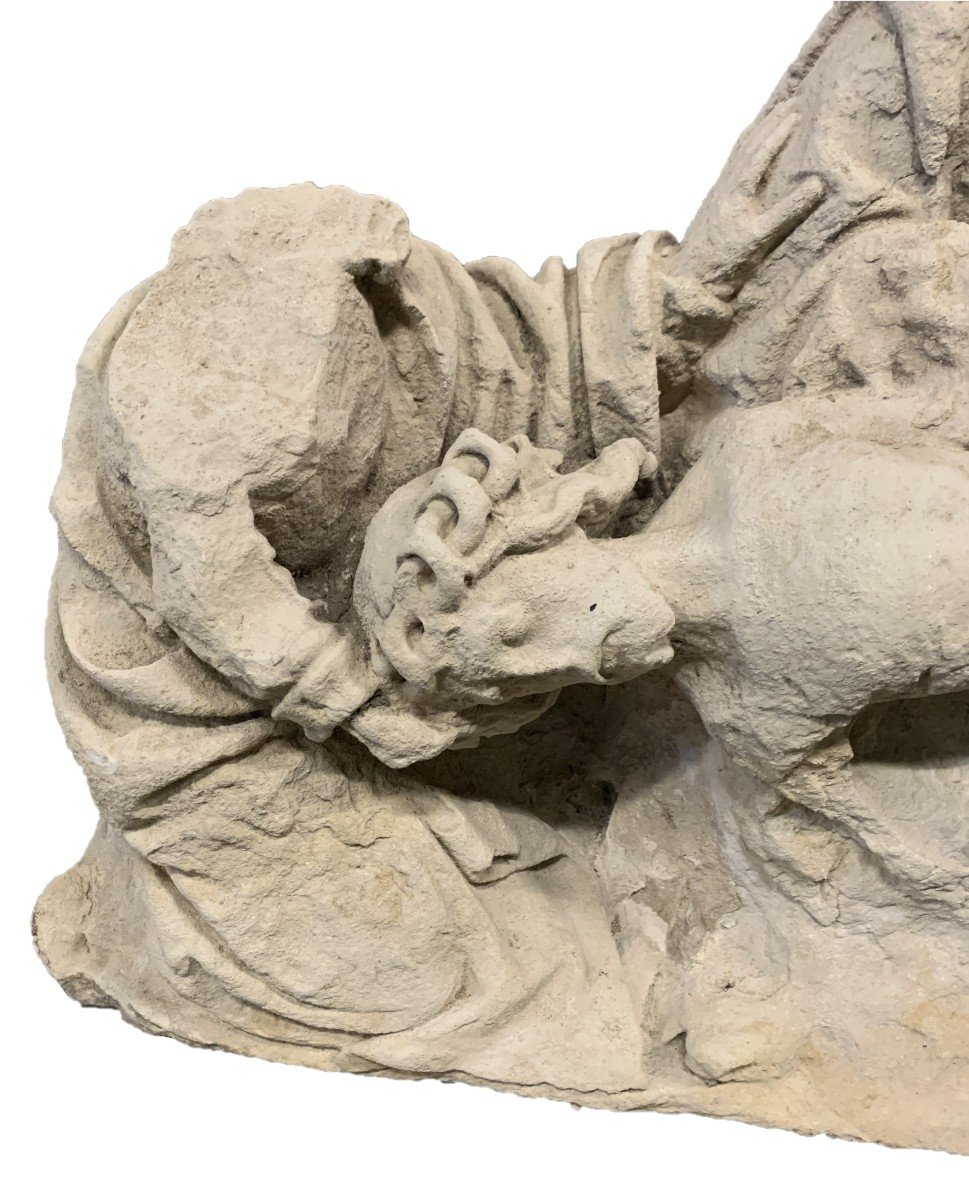







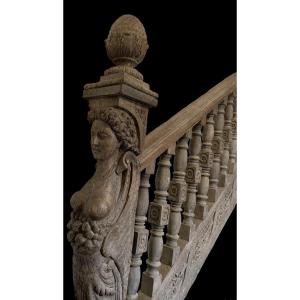
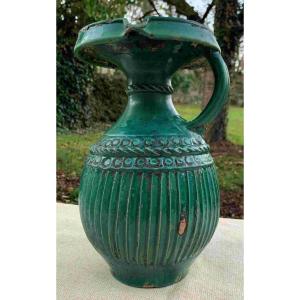


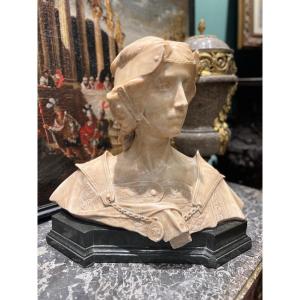


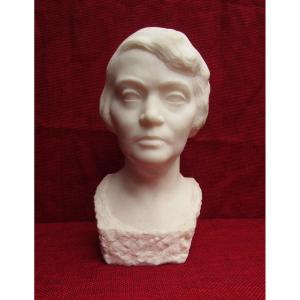
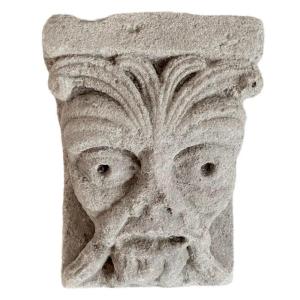
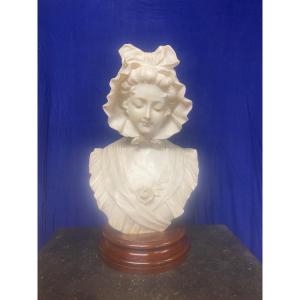



 Le Magazine de PROANTIC
Le Magazine de PROANTIC TRÉSORS Magazine
TRÉSORS Magazine Rivista Artiquariato
Rivista Artiquariato
